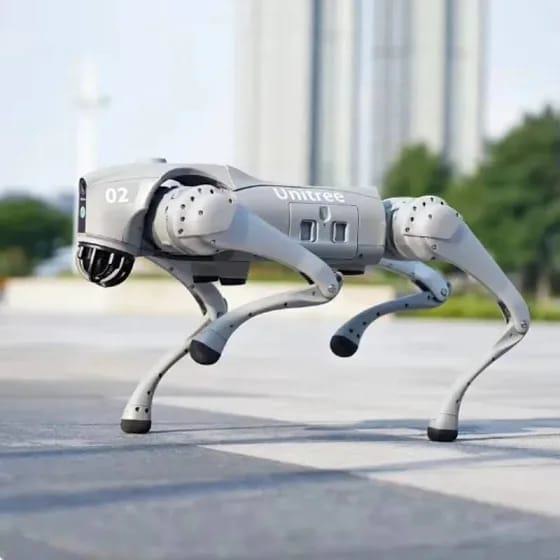
In our project, we built upon a previous study that aimed to train a quadruped robot to walk even in scenarios where motor malfunctions occurred. The disturbances addressed in the previous project included scenarios where a motor completely stopped working or one of the robot’s joints became stuck at a fixed angle.
In our work, we expanded the scope of disturbances to make them more realistic. Specifically, we introduced motor disturbances where, with a certain probability, a motor would weaken based on a normally distributed probability factor. Additionally, we simulated joint malfunctions where a joint could become stuck within a limited angle range.
According to the simulation results, the robot was able to cope better with the disturbances compared to the previous project and showed an improvement in performance under fault conditions. However, there was a slight decrease in performance when walking without disturbances. In summary, we were able to develop a more robust action policy under fault conditions, with in some experiments the pre-trained policy also coping well with the disturbances, and in some there was a significant improvement following the extended training.

